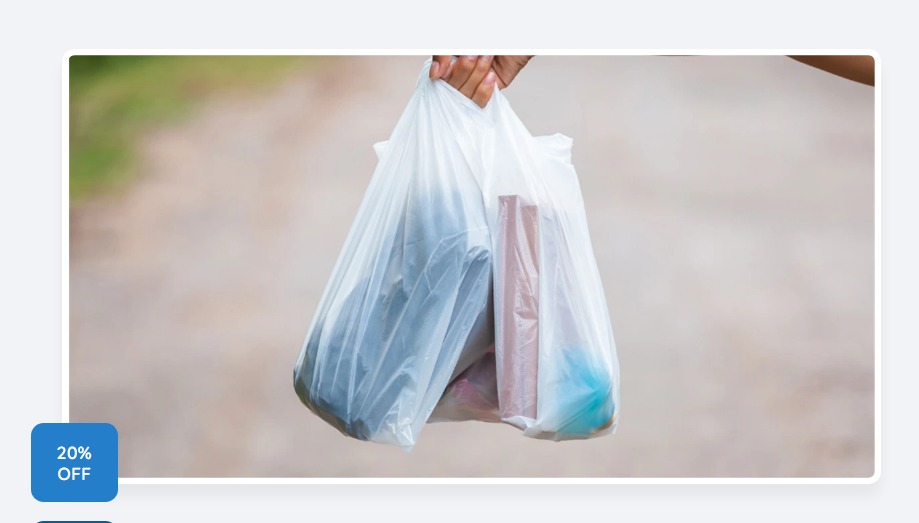
A Complete Guide for Healthier Crops and Sustainable Farming
- Isabella Brown
- Trending
- 2025-08-06 16:27:02
- 1789K
Soil is the foundation of all agriculture. Healthy soil leads to healthy crops, better yields, and ultimately, improved farmer income. But over time, continuous cultivation, chemical inputs, and environmental stress can degrade soil health. That’s where fertilizers play a crucial role.
But with so many options available—organic, chemical, biofertilizers, and now nano fertilizers—a common question arises:
What is the best fertilizer for soil?
Let’s explore the answer in a way that helps both farmers and agri-entrepreneurs make informed choices.
Why Do Soils Need Fertilizer?
Before jumping into the “best” fertilizer, it’s essential to understand why soils need fertilization in the first place:
Continuous cropping depletes essential nutrients
Poor soil structure leads to nutrient leaching
Imbalanced fertilization can cause toxic build-ups
Lack of organic matter affects microbial activity
Fertilizers replenish essential nutrients and improve the soil's ability to support plant life.
Understanding Soil Nutrient Needs
To choose the best fertilizer, you must first understand your soil's condition. A soil test reveals the levels of:
Primary nutrients: Nitrogen (N), Phosphorus (P), Potassium (K)
Secondary nutrients: Calcium, Magnesium, Sulfur
Micronutrients: Iron, Zinc, Manganese, Copper, Boron, etc.
Depending on the deficiency, you can choose the right type of fertilizer.
Types of Fertilizers for Soil Health
Let’s compare the most common types of fertilizers:
1. Chemical Fertilizers (Urea, DAP, MOP)
These are fast-acting, highly soluble, and give a quick nutrient boost. However, overuse can:
Cause soil acidification
Kill beneficial microbes
Lead to water pollution
Good for: Immediate nutrient correction
Not ideal for: Long-term soil health
2. Organic Fertilizers (Compost, Manure, Vermicompost)
Derived from plant and animal waste, organic fertilizers:
Improve soil texture
Increase microbial activity
Provide slow nutrient release
Good for: Soil structure, long-term fertility
Limitation: Low nutrient concentration
3. Biofertilizers
These contain live beneficial microorganisms like:
Rhizobium for nitrogen fixation in legumes
Azospirillum and Azotobacter for cereals
Phosphate solubilizing bacteria (PSB) for P uptake
Potash mobilizing bacteria (KMB)
Gluconacetobacter diazotrophicus for sugarcane
Good for: Boosting nutrient availability naturally
Limitation: Needs proper storage and handling
4. Nano Fertilizers (Emerging Technology)
These are ultra-small particles that improve nutrient delivery and uptake efficiency. Nano Iron, Nano Urea, and Nano Zinc are becoming popular.
Benefits include:
Reduced input cost
Better nutrient absorption
No residue, eco-friendly
Best for: Precision farming & sustainable yield improvement
Limitation: Still new; requires technical support
So, What is the Best Fertilizer for Soil?
There is No One-Size-Fits-All Fertilizer
The best fertilizer depends on:
Soil condition (tested through lab analysis)
Crop type and stage
Local climate and irrigation
Farming practices (organic, integrated, etc.)
However, a balanced approach that includes organic matter + biofertilizers + micronutrients is ideal for restoring and maintaining soil health.
Expert Recommendation: Use a Combination Approach
Base Input: Organic Fertilizer
Adds humus, improves water retention, and enhances microflora.
Targeted Input: Biofertilizers
Helps release locked nutrients, boosts plant immunity, and supports nutrient cycling.
Corrective Input: Nano or Micro-nutrient Fertilizers
Fills nutrient gaps identified in soil reports (e.g., Zinc, Iron, Boron).
Real-World Example
Let’s say your soil test shows low nitrogen and zinc:
Add Azotobacter or Azospirillum to increase nitrogen naturally
Supplement with Nano Zinc for rapid correction
Mix in compost or vermicompost for base fertility
This integrated nutrient management (INM) system leads to healthier soil and sustainable yields.
Why Choose Indogulf BioAg?
At Indogulf BioAg, we manufacture a wide range of fertilizers designed to restore, nourish, and protect your soil:
Biofertilizers like Azospirillum, Gluconacetobacter, PSB, and more
Nano Fertilizers like Nano Iron, Nano Zinc for rapid results
Custom Formulations tailored to your crop and region
Private Label & Bulk Supply for agri-input businesses
With modern R&D, strict quality control, and field-tested products, Indogulf BioAg helps farmers grow more with less—sustainably.
There is no single “best” fertilizer for all soil types. The real answer lies in understanding your soil, identifying its needs, and using a balanced combination of inputs—including bio, nano, and organic fertilizers.
Smart farming starts with smart soil care.
Leave a Reply
Please login to post a comment.











0 Comments